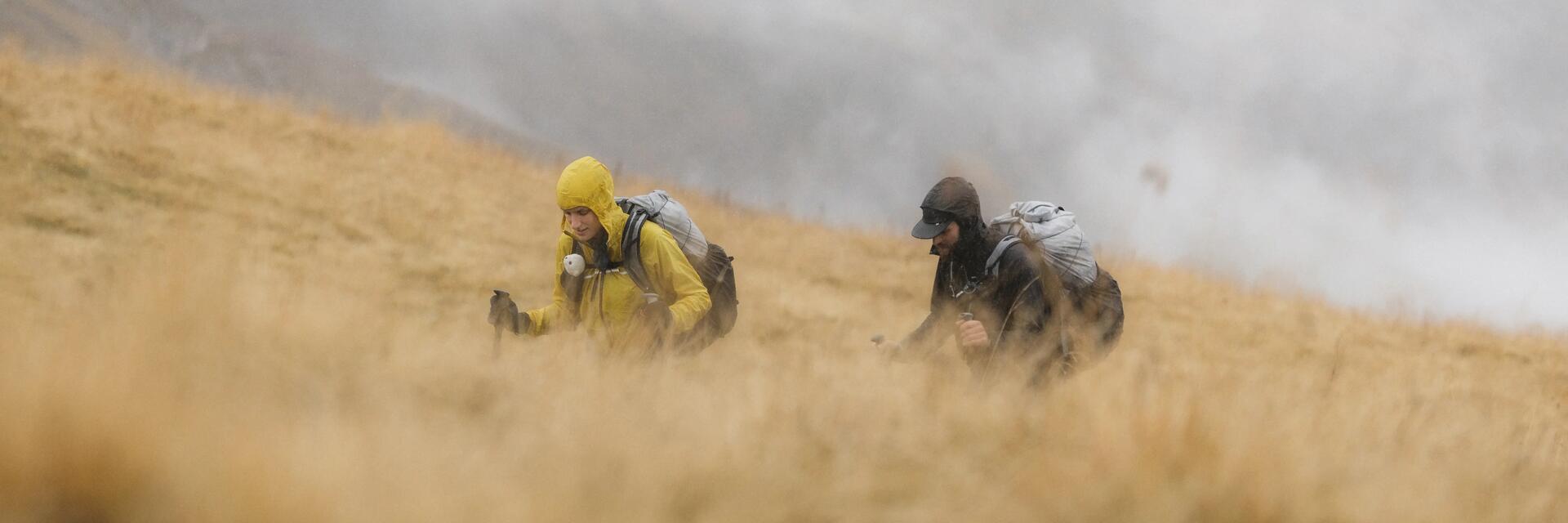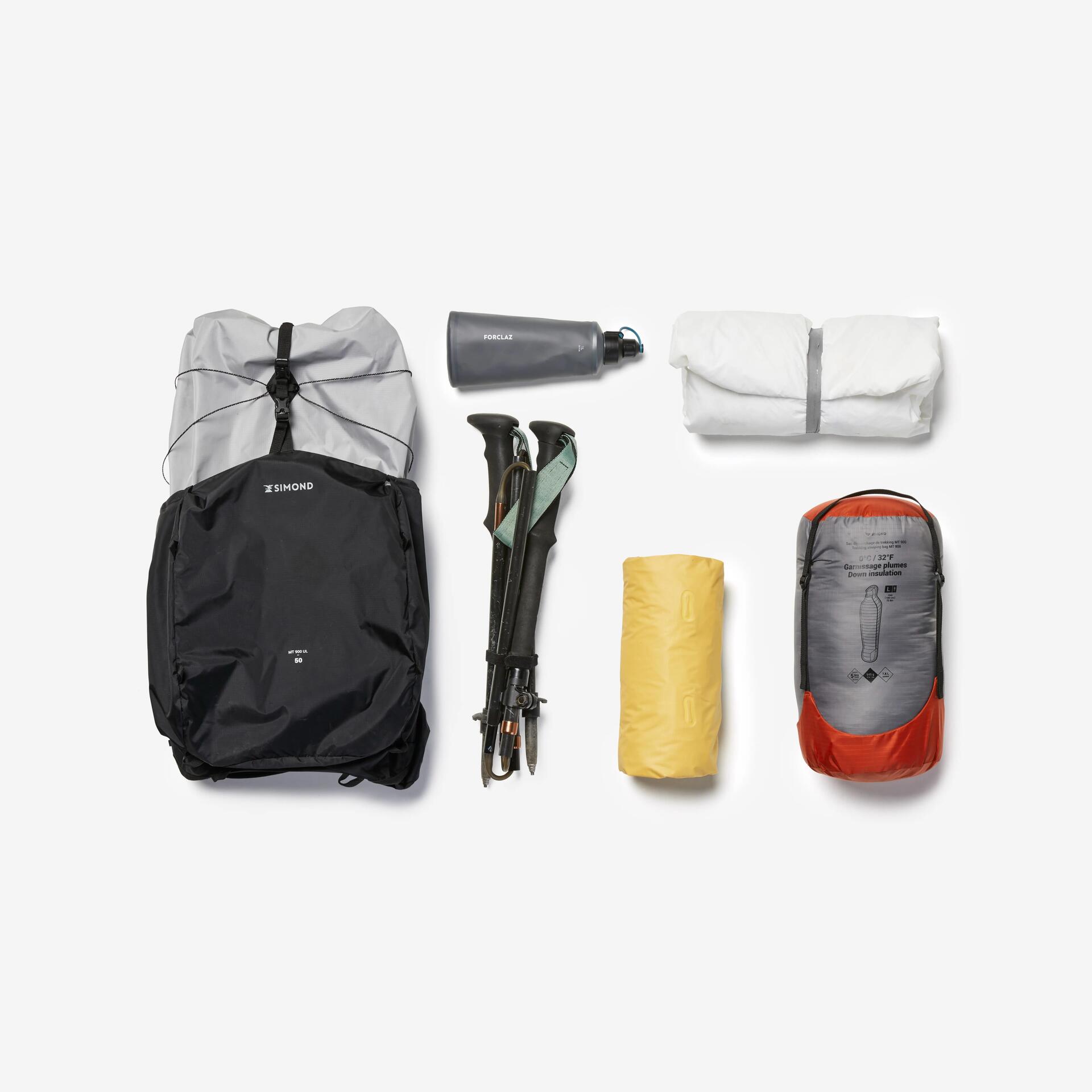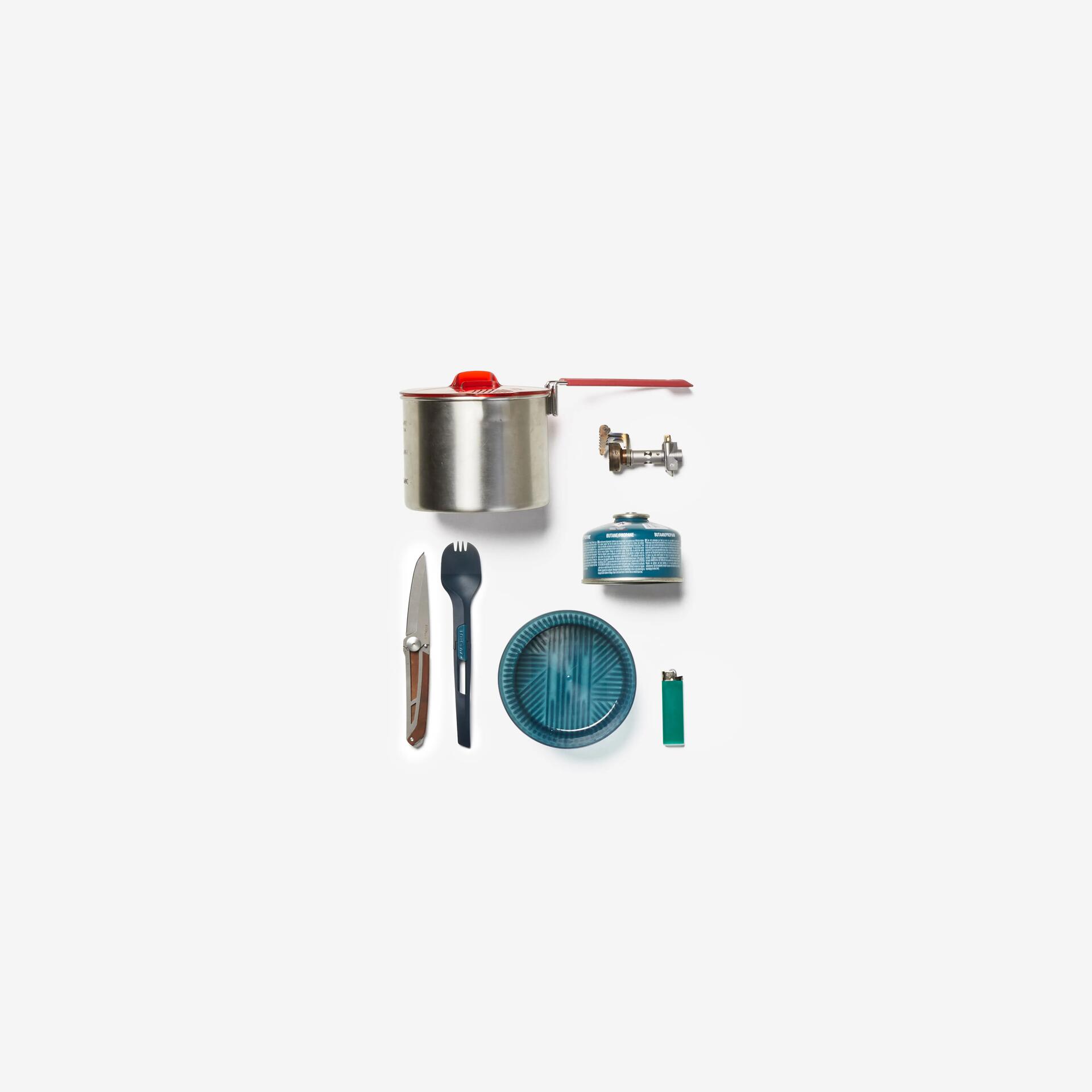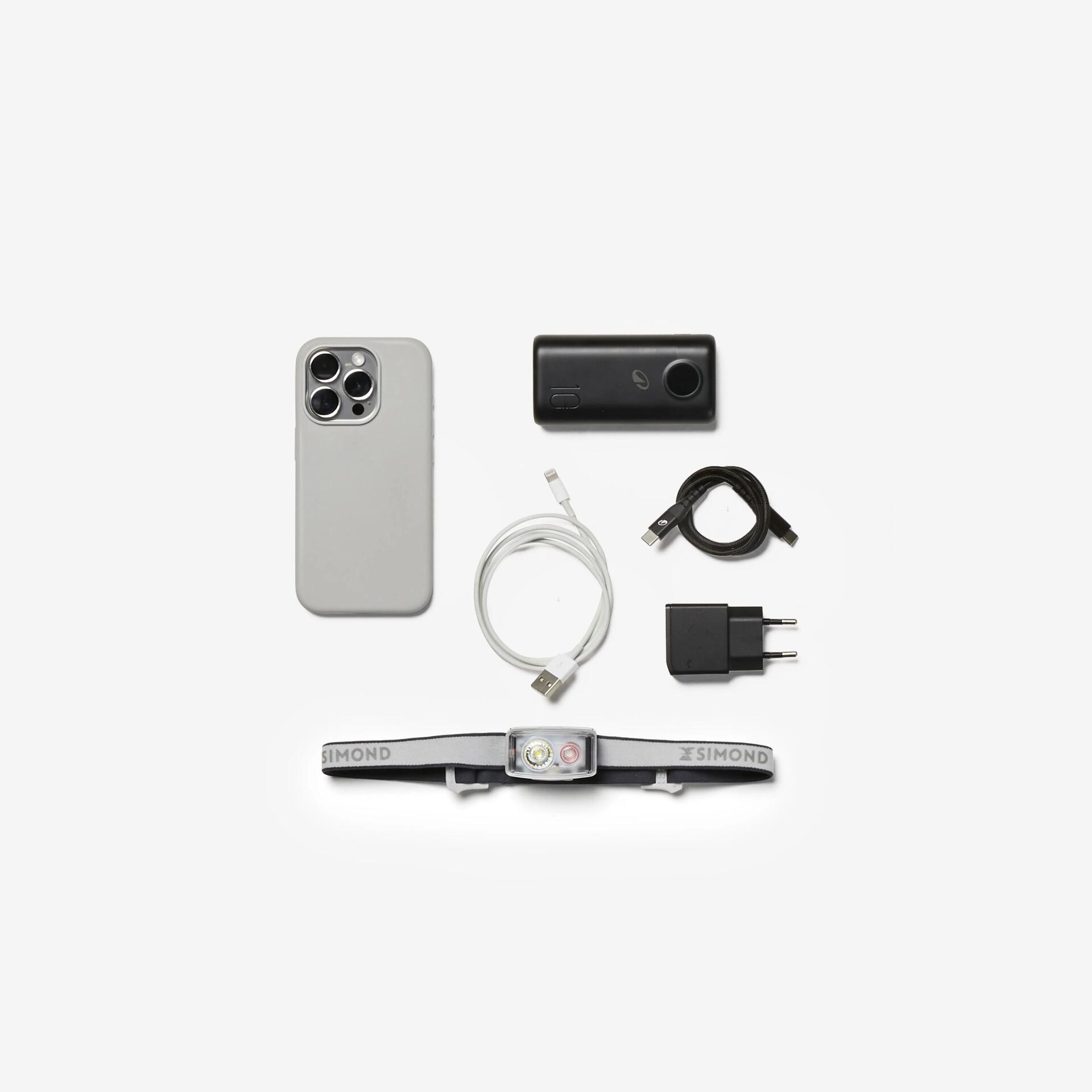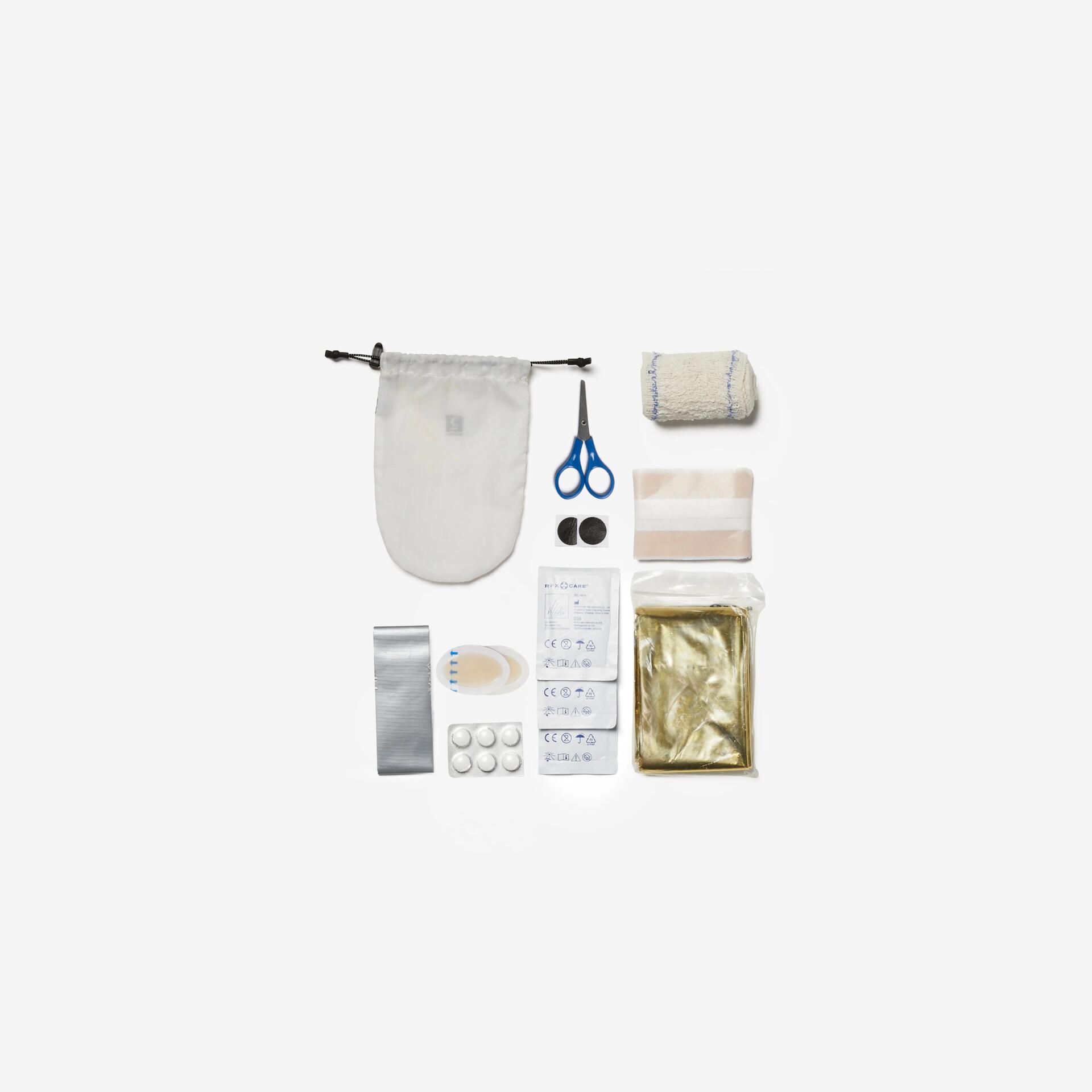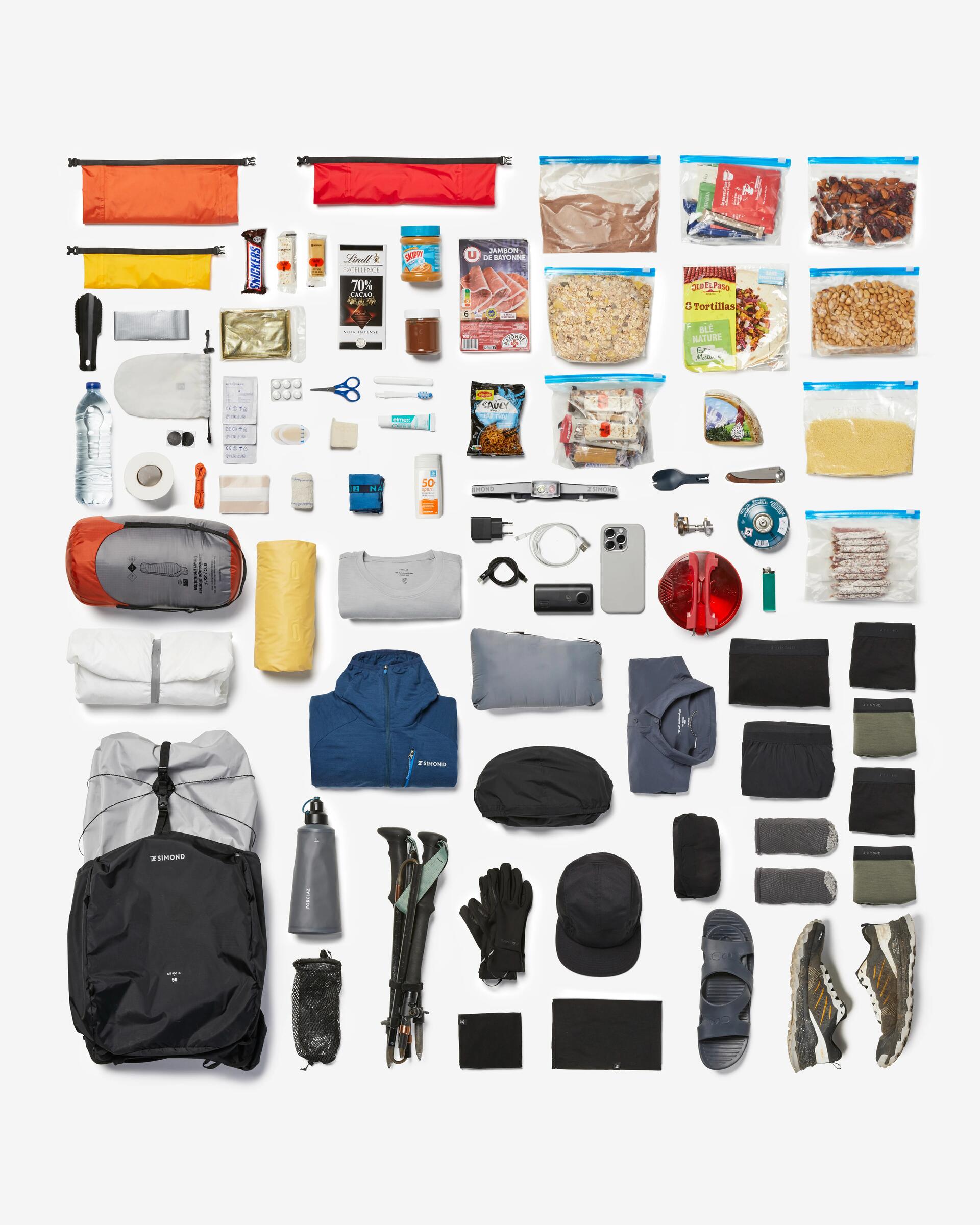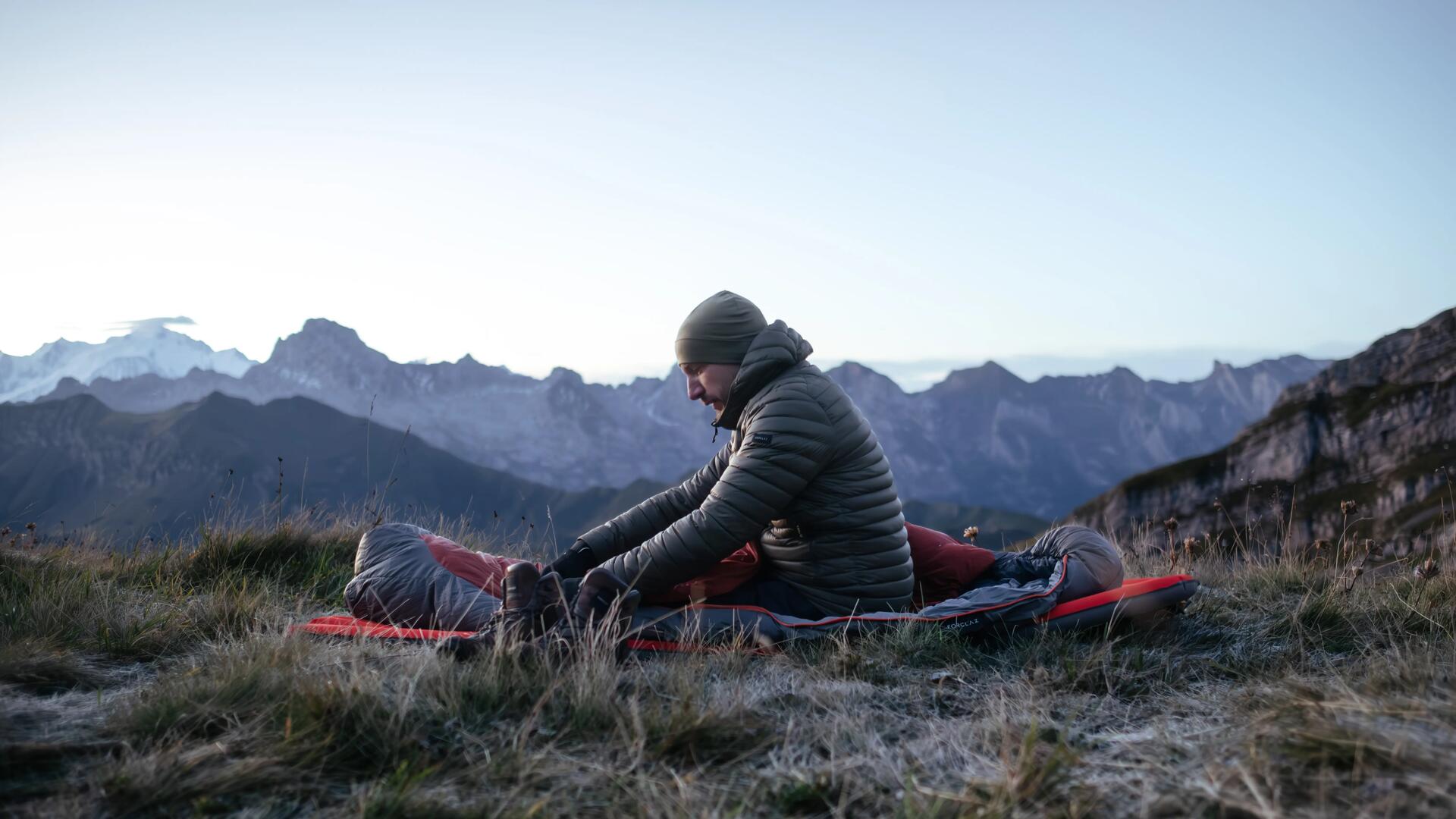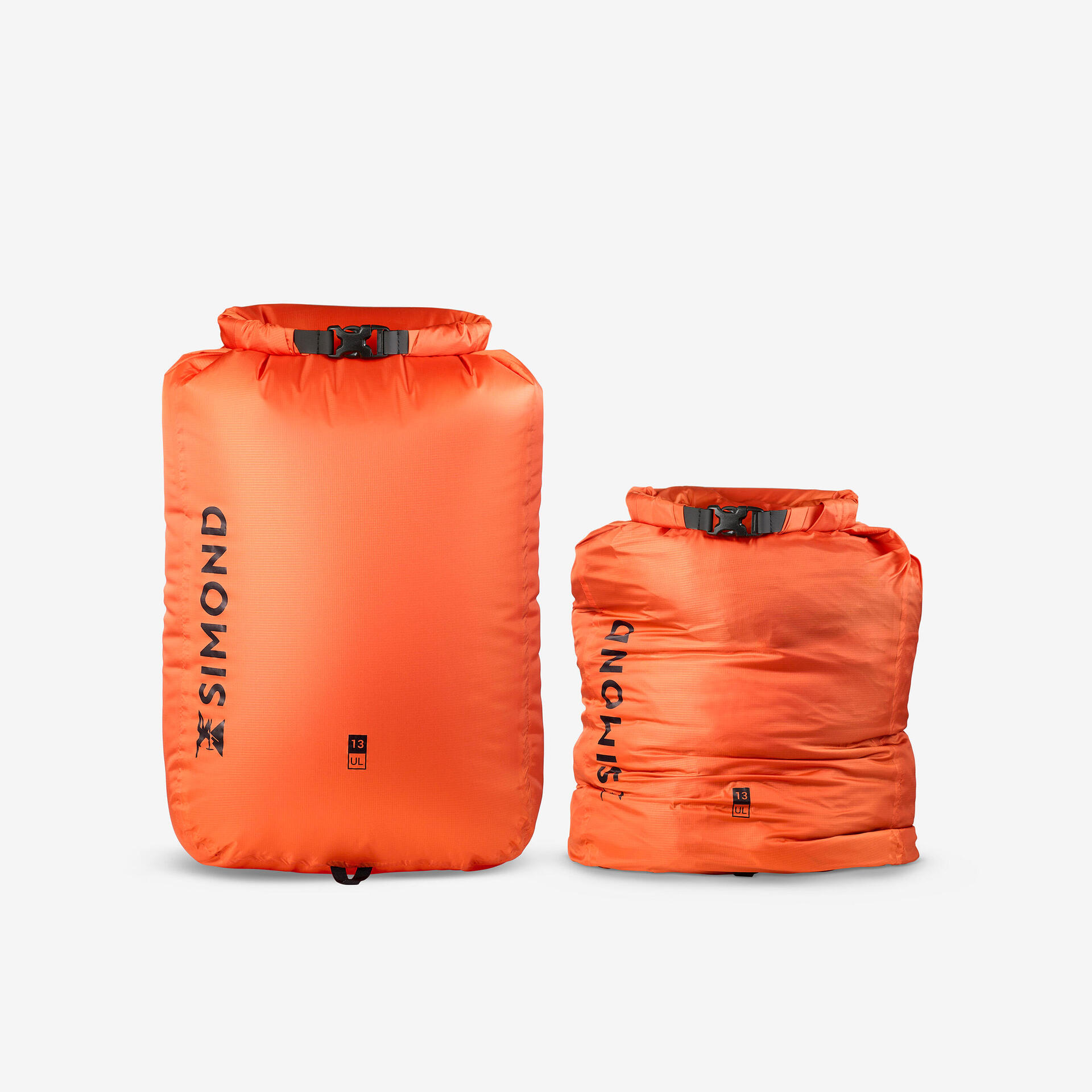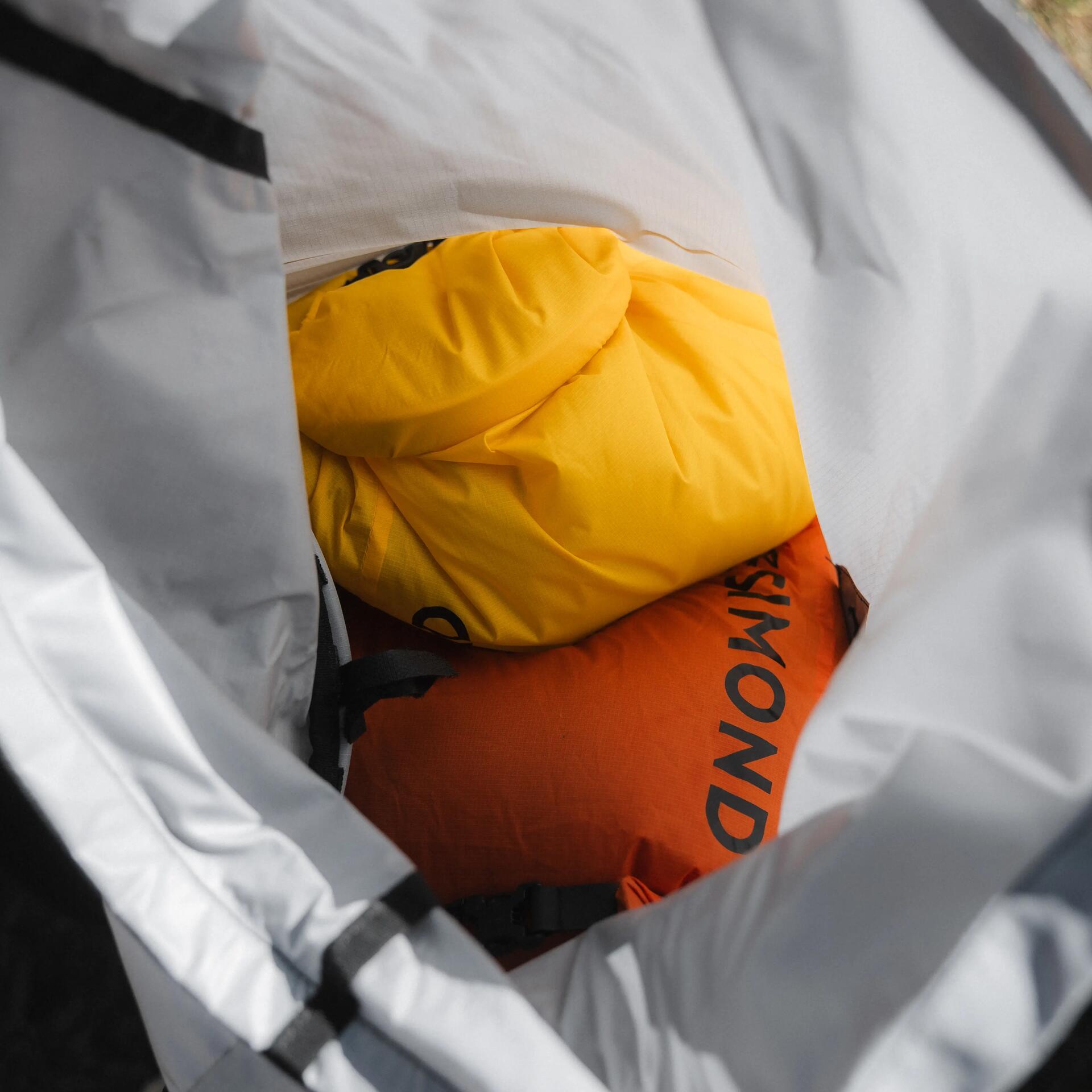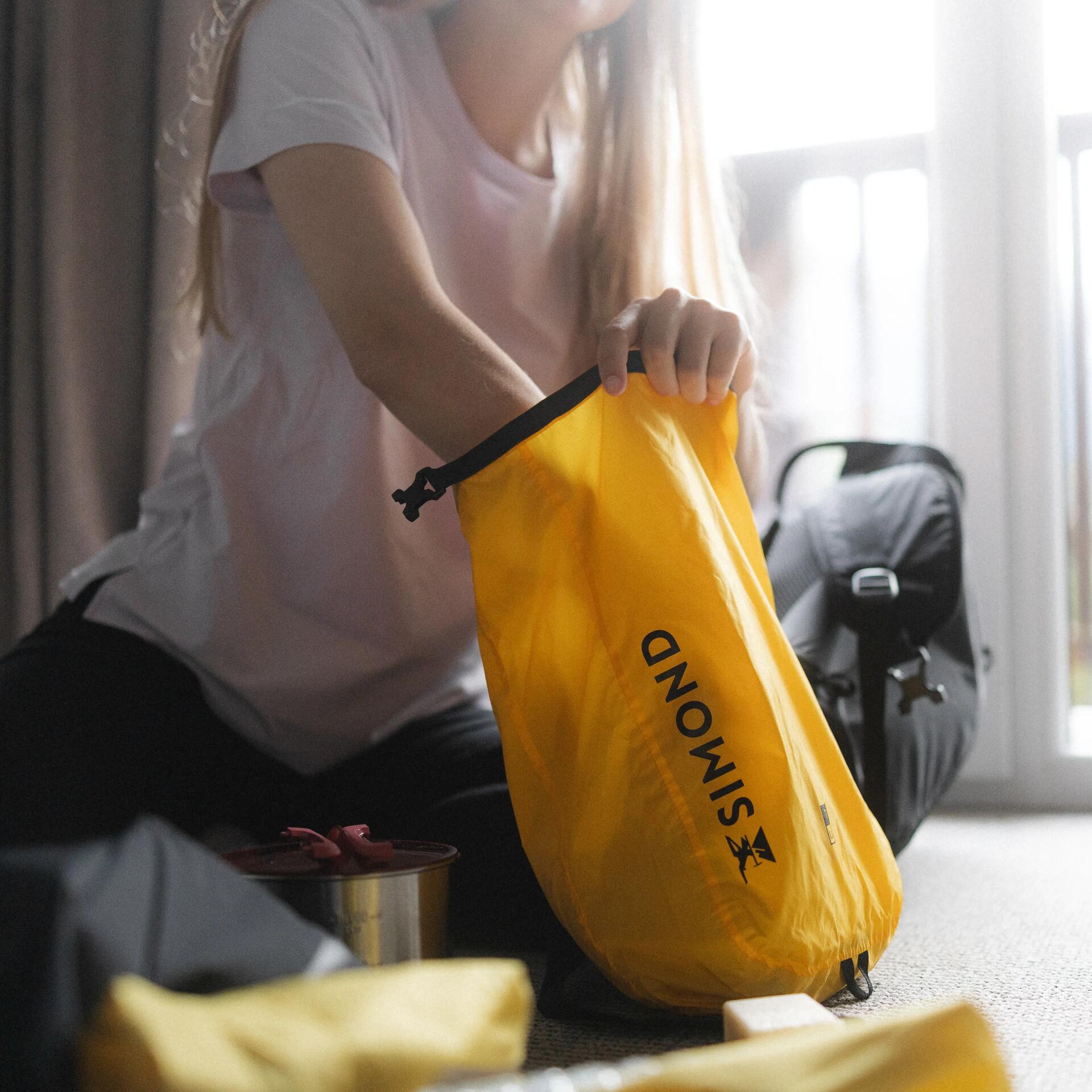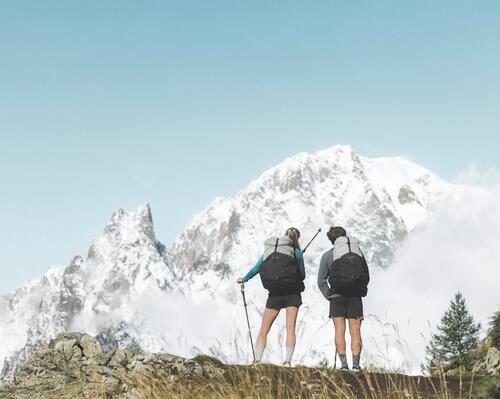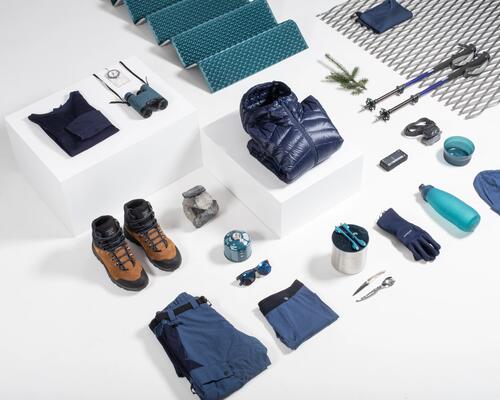What equipment do you need for ultralight backpacking?
Ultralight backpacking is a form of hiking that aims to use the lightest possible equipment, taking only what is essential.
By doing this, hikers hope to rediscover simplicity and reconnect with nature.They also explain that ultralight equipment is generally simpler to set up, saving time and energy during a trek.
For UL backpacking, it is advised to carry a bag that weighs no more than 10 kg.
“Give me six hours to chop down a tree and I will spend the first four sharpening the axe.”
Abraham Lincoln
This quote, used by Jean Hacquart, an ultralight hiker, emphasises the importance of thinking carefully beforehand about what you're going to take in your backpack.

